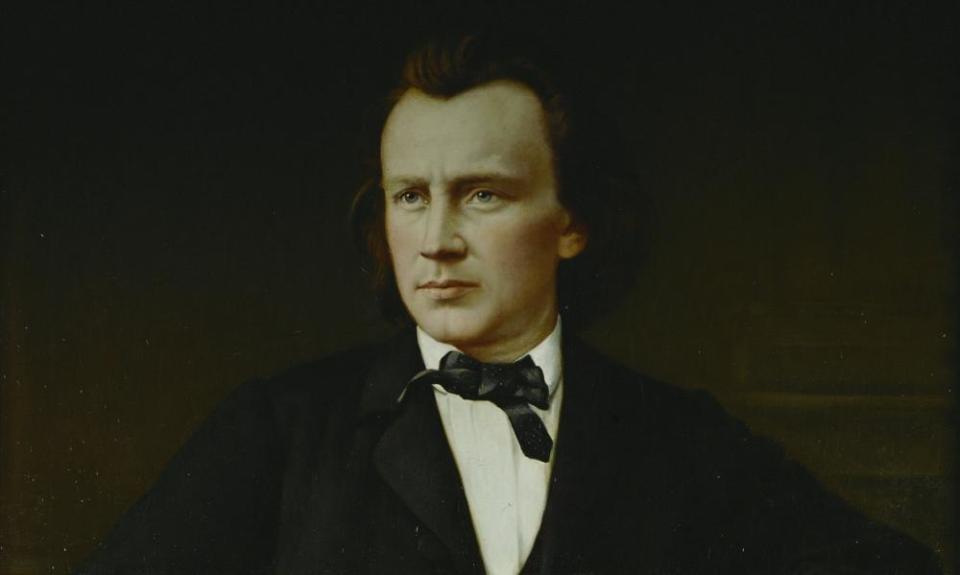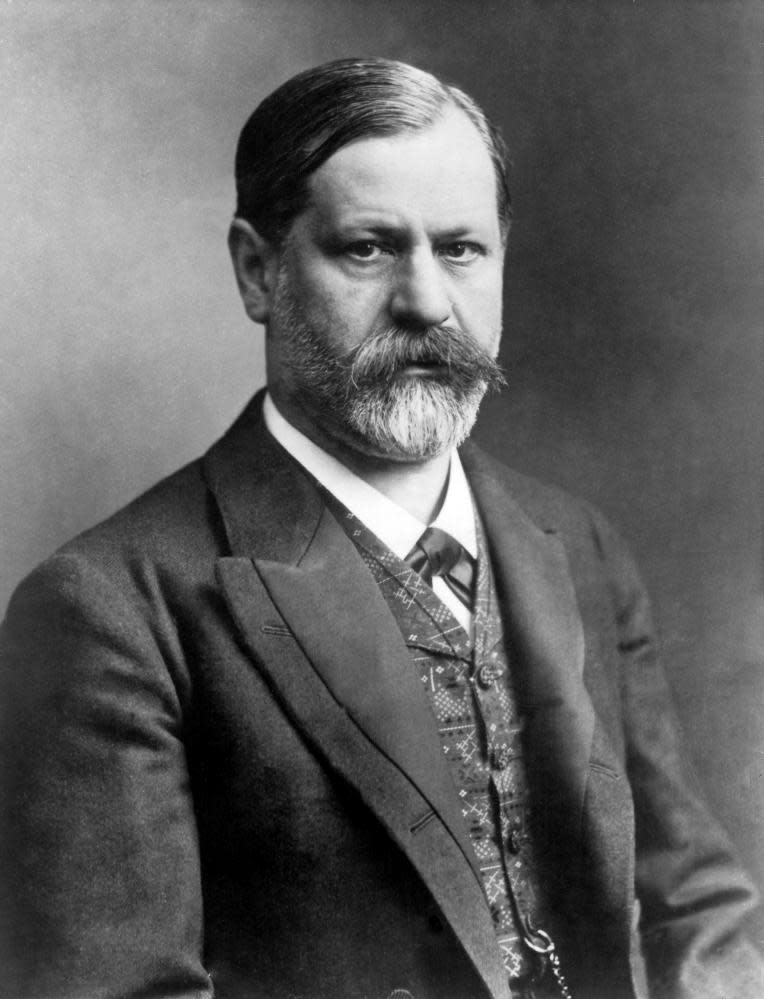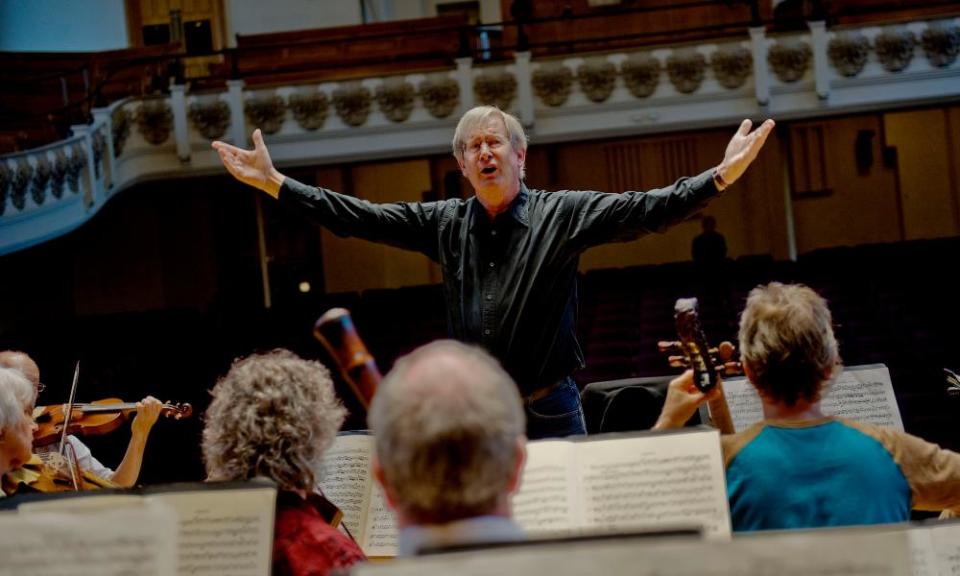Brahms: where to start with his music

This series began last week with Beethoven. Among the composers who took up the daunting challenge of the symphonic form, none was more aware of the legacy than Johannes Brahms (1833-97). The responsibility weighed heavily upon him, and it took him many years to emerge entirely from Beethoven’s shadow.
The music you might recognise
Brahms’s works rarely feature among lists of the most well known classical tunes. But then his music never aims at instant effects; he never bothered with the distraction of opera, and he generally avoided religious music. (His German Requiem, composed following the death of his mother, uses biblical texts, but it is not a liturgical work in any real sense.) Apart from his songs – more than 200 of them – almost everything that Brahms wrote was “absolute music”, ie music that is not explicitly “about” something.
Nevertheless he composed some of the most frequently performed works in the concert repertoire. His Variations on a Theme of Haydn, often known as the St Anthony Variations, is a concert perennial and his Hungarian Dances are popular orchestral encore pieces, while the Academic Festival Overture quotes the student song Gaudeamus Igitur, still sometimes heard at graduation ceremonies. Perhaps the nearest Brahms came to a sentimental favourite was his Wiegenlied, Cradle Song, the lullaby he dedicated to a friend on the birth of her son. And Brahms’s two great piano concertos, both works of symphonic length and ambition, are perhaps the most archetypal of all romantic concertos, pitting a “heroic” solo piano against the might of a full orchestra.
His life ...
Brahms grew up in Hamburg. His father was an orchestral double bass player, who gave him his first music lessons. An early piano teacher complained that the young Brahms could be an even better pianist if he did not spend so much of his time composing. By the time he was 12, though, he was receiving composition lessons from pianist and composer Eduard Marxsen, who had not only known Beethoven and Schubert, but also hugely admired Haydn and Mozart, and ensured that his pupil was familiar with the tradition that those composers defined. Brahms made his debut as a pianist at the age of 14, and very soon began including his own works and arrangements in his recitals. However the story that in his teens he supplemented the family income by playing the piano in Hamburg brothels seems to be a myth.
Violinist Joseph Joachim, who he met as a young man, became a lifelong friend. Both his Violin Concerto and the Double Concerto for violin and cello as well as three violin sonatas would be written for Joachim, and the violinist also led the first performances of a number of Brahms’s chamber works.
It was thanks to Joachim that the 20-year-old Brahms met Robert and Clara Schumann. He was warmly welcomed and his talent immediately recognised. He had already published some pieces and arrangements under a pseudonym, but Schumann’s enthusiasm for his music enabled Brahms to get music published under his own name, including the three piano sonatas, and some songs. Schumann’s mental health was steadily worsening, though, and after attempting suicide in February 1854 he was confined to an asylum. His wife was not allowed to visit him, and Brahms became their intermediary. His Variations on a Theme of Schumann (1854) are dedicated to Clara, and in an attempt to distract her from her husband’s predicament, he also composed the Four Ballades Op 10, whose bardic intensity makes them unlike any other piano works of his.
Britten reputedly used to play through Brahms' music each year to remind himself how bad it was
The nature of the friendship between Brahms and Clara Schumann has been the subject of much speculation. If it was an entirely platonic relationship it was certainly a very close one, which persisted until Clara’s death in 1896. She never remarried after Robert died in 1856, and nor did Brahms ever marry.
The premiere of the First Piano Concerto in 1859, in which Brahms himself was the soloist, had been a failure, but through the 1860s he became increasingly successful, with works such as the Handel Variations for piano, String Sextet No 1, the Piano Quintet and the Horn Trio, and A German Requiem, as well as the music for domestic, drawing-room performance – songs and part-songs, and the popular Liebeslieder-Walzer.
And times ...
In 1860 Brahms had made an ill-judged intervention in a public debate on the future of German music, joining forces with Joachim and others to attack the New German School of composers, who regarded Liszt and Wagner (the latter by then the dominant figure in the arts in the German-speaking world) as their standard bearers. Brahms and his allies were dismissed as hopelessly reactionary and he never made public pronouncements again. After he settled in Vienna in 1863, though, his circle of friends included figures on both sides of this musical divide.

Though Vienna, which became the capital of the newly formed Austro-Hungarian empire in 1867, was an increasingly prosperous city, it was culturally a relatively uneventful place at that time. The heady days of romanticism were past, while the next great artistic upheaval in the city was yet to come. Sigmund Freud’s Interpretation of Dreams, which would be so influential on its composers, writers and painters in the early years of modernism, was written just after Brahms died. The Viennese waltz, though, was in its heyday, and among Brahms’s close friends in the 1880s and 90s was Johann Strauss II. In 1889, when Brahms was visited by one of Thomas Edison’s representatives to make a phonograph recording, one of the pieces he played was a polka by Josef Strauss, brother of Johann, and one of his last public appearances, in 1897, was to attend the premiere of one of Johann’s operettas.
Why does his music still matter?

The First Symphony, which Brahms began working on in 1854, was finally premiered in 1876. It was a great success and over the next decade Brahms produced a flood of major works that included some of his most enduring masterpieces, works that epitomised his genius for finding new expressive paths through familiar musical forms. Apart from the Violin Concerto and the Second Piano Concerto there were three more symphonies, each strikingly different. Where the First Symphony sometimes struggles to escape from the past (Wagner even nicknamed it “Beethoven’s 10th”), the remaining three occupy worlds of their own – radiant, relaxed, almost bucolic, in the case of the Second; tauter, more anguished but finally quietly optimistic in the F major Third; and unmistakably tragic in the Fourth, with its tightly constructed finale in the form of a passacaglia (a series of variations over a repeated bass line) that resists any temptation to manufacture an optimistic major-key ending.
Brahms’s musical innovations may have been less obvious and less revolutionary than those of his contemporary Wagner, and he has not been universally admired – Britten reputedly used to play through his music each year to remind himself how bad it was. But Brahms’s influence persisted well into the 20th century in the music of composers ranging from Elgar, who admired his ability to package potently expressive themes in rigorously constructed musical forms, to Schoenberg, who in the 1930s wrote an essay entitled “Brahms the Progressive” in which he maintained that Brahms’s use of classical forms as the foundation for his innovations in melody and harmony had formed the basis of his own radicalism.
Brahms’s final orchestral work was the Double Concerto of 1887, a peace offering to Joachim – they had fallen out when Brahms sided with Joachim’s wife over the couple’s divorce. After the successful premiere of his Second String Quintet in 1890, he announced his retirement, but the playing of the clarinettist Richard Mühlfeld persuaded him to change his mind: the Trio for clarinet, cello and piano and two Clarinet Sonatas, and the Clarinet Quintet were all composed for Mühlfeld. Those quietly understated pieces, together with the four late collections of piano miniatures Opp 116 to 119, and the Four Serious Songs, composed after Clara Schumann’s death, seem far removed from the highly wrought dramas of the symphonies and concertos on which Brahms’s enduring reputation rests, but they inhabit a very distinctive musical world of their own.
Great interpreters

Almost all the great conductors of the last 100 years, from Wilhelm Furtwängler (Warner Classics) and Arturo Toscanini (RCA) to Claudio Abbado (Deutsche Grammophon) and Riccardo Chailly (Decca), have put their stamp on the Brahms symphonies. If you want to hear the works in less sumptuously upholstered versions, closer to the sound that Brahms himself might have expected, there are John Eliot Gardiner’s recordings (SDG). There’s an embarrassment of riches, too, among recordings of the piano concertos; Emil Gilels’s performances from the 1980s (Deutsche Grammophon) and Nelson Freire’s (Decca) from 2005 stand out, while Julius Katchen’s survey of the solo piano music (Decca) and the Amadeus Quartet’s performances of the string quartets, quintets and sextets (Deutsche Grammophon) are wonderful bargain collections.

 Yahoo News
Yahoo News 